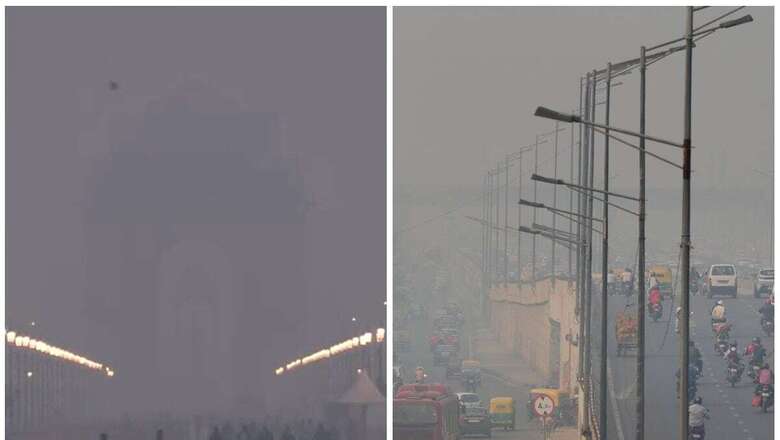
views
Delhi’s air quality remains in the ‘poor’ category as its aggregate Air Quality Index (AQI) stood at 266 according to the System of Air Quality and Weather Forecasting and Research (SAFAR)-India.
The National Capital Region’s (NCR) air quality has also consistently plunged into ‘poor’ category along with the neighbouring state of Haryana.
The AQI recorded at 7 am today shows:
Delhi
- Anand Vihar: AQI 345
- Bawana: AQI 319
- Dwarka Sec 8: AQI 313
- IGI Airport: AQI 270
- Jahangirpuri: AQI 303
- Mandir Marg: AQI 278
- Narela: AQI 274
- Shadipur: AQI 359
Noida
- Sector 1: AQI 245
- Sector 116: AQI 339
- Sector 62: AQI 271
Haryana
- Gurugram Sector 51: AQI 316
- Sector 11 Faridabad: AQI 372
As the air quality constantly dips to poor, people in areas of Delhi and Ghaziabad are breathing hazardous air. Sunday’s real-time air quality index shows the truth.
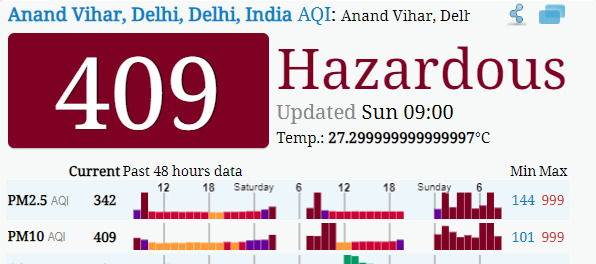
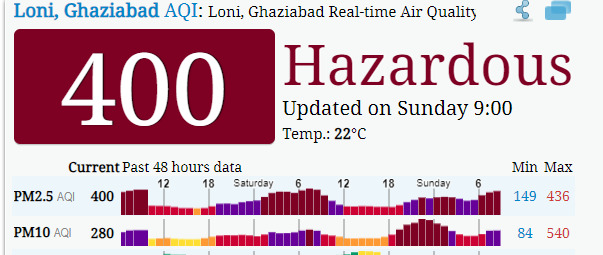
Sunday morning visuals from Delhi shows smog taking over the roads, disrupting visibility for travelers and drivers in the state.
#WATCH | Overall Air Quality Index (AQI) in Delhi stands at 266, in the ‘Poor’ category as per SAFAR-India.Visuals from Kartavya Path- India Gate pic.twitter.com/HLM7CcqLj6
— ANI (@ANI) October 22, 2023
The India Meteorological Department (IMD) has predicted partly cloudy sky, while the maximum temperature in likely to settle around 32 degrees Celsius and the minimum temperature will likely settle around 17 degrees Celsius.
An AQI between zero and 50 is considered ‘good’, 51 and 100 ‘satisfactory’, 101 and 200 ‘moderate’, 201 and 300 ‘poor’, 301 and 400 ‘very poor’, and 401 and 500 ‘severe’. GRAP also categorises actions into four stages: Stage I ‘poor’ (AQI 201-300); Stage II ‘very poor’ (AQI 301-400); Stage III ‘severe’ (AQI 401-450); and Stage IV ‘severe plus’ (AQI >450).
WHAT IS BEING DONE TO COMBAT THIS POLLUTION?
– The central government enforced the stage II of the ‘Graded Response Action Plan’ (GRAP), a pollution control plan imposed in Delhi-NCR to fight the increasing air pollution, especially during the winter season. This is in addition to the measures that are already in place from the plan’s Stage I.
– The Commission for Air Quality Management (CAQM) — a statutory body responsible for implementing GRAP — held a review meeting to address the air quality situation in Delhi-NCR.
– The Centre’s air quality panel directed the NCR authorities to increase parking fees to reduce the usage of personal vehicles by the people. This also pushes people to instead commute by public transport.
– In view of the deteriorating air quality, the National Green Tribunal (NGT) has issued notices and sought action-taken reports from several authorities, including the Delhi chief secretary, Union environment ministry and MCD. Suo motu proceedings were based on media reports on the deterioration in air quality and violations of GRAP.
– The two-member NGT bench said despite action taken by the authorities, the problem of air pollution is aggravating in Delhi and the residents are facing various health problems due to it. Its directed that notices be issued to chief secretary, Delhi, member-secretary, Delhi Pollution Control Committee (DPCC), commissioner, Municipal Corporation of Delhi (MCD), member-secretary, Central Pollution Control Board (CPCB) and the Union Ministry of Environment, Forest and Climate Change (MoEF&CC).
– The authorities were directed to file the action-taken reports on controlling air pollution from different sources in the national capital in accordance with the GRAP to maintain AQI in view of safeguarding public health.
– On the other side, there is also the arrival of the stubble burning season for which Delhi’s Lieutenant Governor VK Saxena wrote letters to the chief ministers of Haryana and Punjab last week, urging them to take necessary actions required for controlling the burning of stubble.
(With PTI inputs)











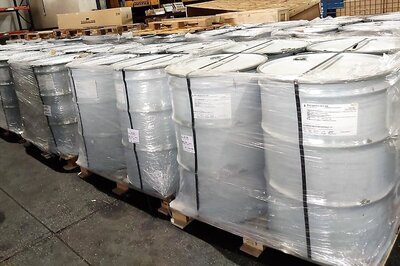
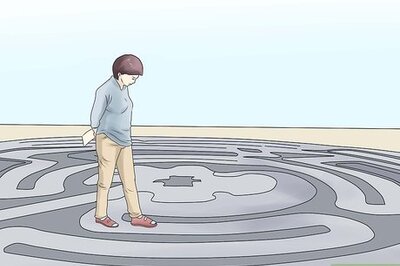



Comments
0 comment